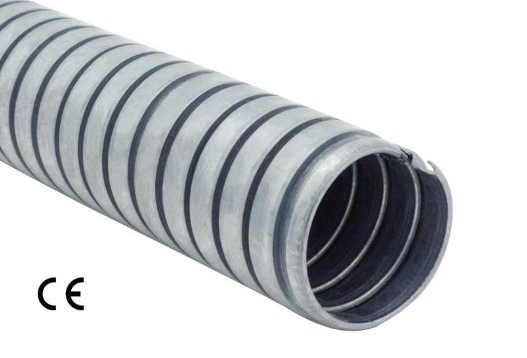Feb. 20, 2024
When it comes to electrical installations, paying careful attention to every detail is crucial to ensure the safety and efficiency of the system. Installing flexible metal conduit (FMC) requires a keen understanding of the nuances involved in handling this versatile conduit. In this article, we explore the key considerations that individuals should keep in mind when working with flexible metal conduit, from proper handling to ensuring a secure and code-compliant installation.
Choosing the Right Type of Flexible Metal Conduit
Selecting the Appropriate Material
Before diving into the installation process, it is essential to choose the right type of flexible metal conduit for the specific application. FMC is available in various materials, including steel and aluminum. The choice of material depends on factors such as the environment, temperature, and corrosive elements present in the installation location. Choosing the appropriate material ensures the longevity and effectiveness of the conduit.
Considering the Coating
Flexible metal conduit often comes with different coatings, with galvanized being a common option for corrosion resistance. Depending on the installation environment, individuals should choose a conduit with a coating that suits the conditions. This is particularly important for installations in damp or corrosive environments.

Handling and Storage
Preventing Damage
Flexible metal conduit is designed to be pliable, but care must be taken to prevent damage during handling and transportation. Avoid kinking or bending the conduit beyond its recommended radius, as this can affect its structural integrity and the ability to pull wires through smoothly. Store the conduit in a dry, cool place to prevent any deterioration of the material.
Checking for Defects
Before starting the installation, inspect the flexible metal conduit for any defects or damage. Look for dents, scratches, or any irregularities that may compromise the conduit's effectiveness. If any defects are found, it is advisable to replace the damaged sections before proceeding with the installation.
Proper Bending Techniques
Bending Radius and Limits
One of the advantages of flexible metal conduit is its ability to be bent and shaped as needed. However, it is crucial to adhere to the manufacturer's guidelines regarding the minimum bending radius and limits. Exceeding these limits can lead to kinking or crushing of the conduit, potentially causing damage to wires and reducing the conduit's overall effectiveness.
Using the Right Tools
Investing in the proper bending tools is essential for achieving smooth and accurate bends in the flexible metal conduit. Using makeshift tools or improper techniques can result in uneven bends, affecting the conduit's performance and potentially violating electrical codes. Additionally, using the correct tools ensures the safety of the installer during the bending process.
Securing and Supporting the Conduit
Spacing and Support
Flexible metal conduit must be adequately supported to prevent sagging or excessive movement. Follow the manufacturer's recommendations for spacing between supports, and use appropriate clamps or straps to secure the conduit in place. Proper support not only ensures the longevity of the installation but also reduces stress on the conduit and the connected electrical components.
Fastening to the Structure
When securing flexible metal conduit to a structure, ensure that fasteners are compatible with the material and capable of providing sufficient support. Using inappropriate fasteners may compromise the integrity of the installation. Additionally, take into account the expansion and contraction of the conduit due to temperature variations when determining the spacing and placement of fasteners.
Maintaining Compliance with Electrical Codes
Adhering to Local Codes
Every jurisdiction has specific electrical codes and regulations governing the installation of conduits. It is crucial to familiarize oneself with these codes and ensure that the installation complies with all relevant standards. Non-compliance not only poses safety risks but may also lead to project delays and potential legal issues.
Grounding Requirements
Flexible metal conduit must be properly grounded to ensure the safety of the electrical system. Follow the grounding requirements specified in the local electrical codes, and use grounding bushings and fittings as necessary. Failure to adhere to grounding regulations can result in electrical hazards and compromised safety.
Conclusion
Installing flexible metal conduit requires attention to detail and a thorough understanding of the specific requirements of the project. From selecting the right type of conduit to proper handling, bending, and securing techniques, each step plays a crucial role in ensuring a successful and code-compliant installation.
For further guidance on installing flexible metal conduit and to explore a range of conduit options, don't hesitate to contact us. As a reliable conduit supplier, we are here to assist you with your electrical installation needs. Our experts can provide valuable insights and support to ensure a smooth and efficient installation process.

















